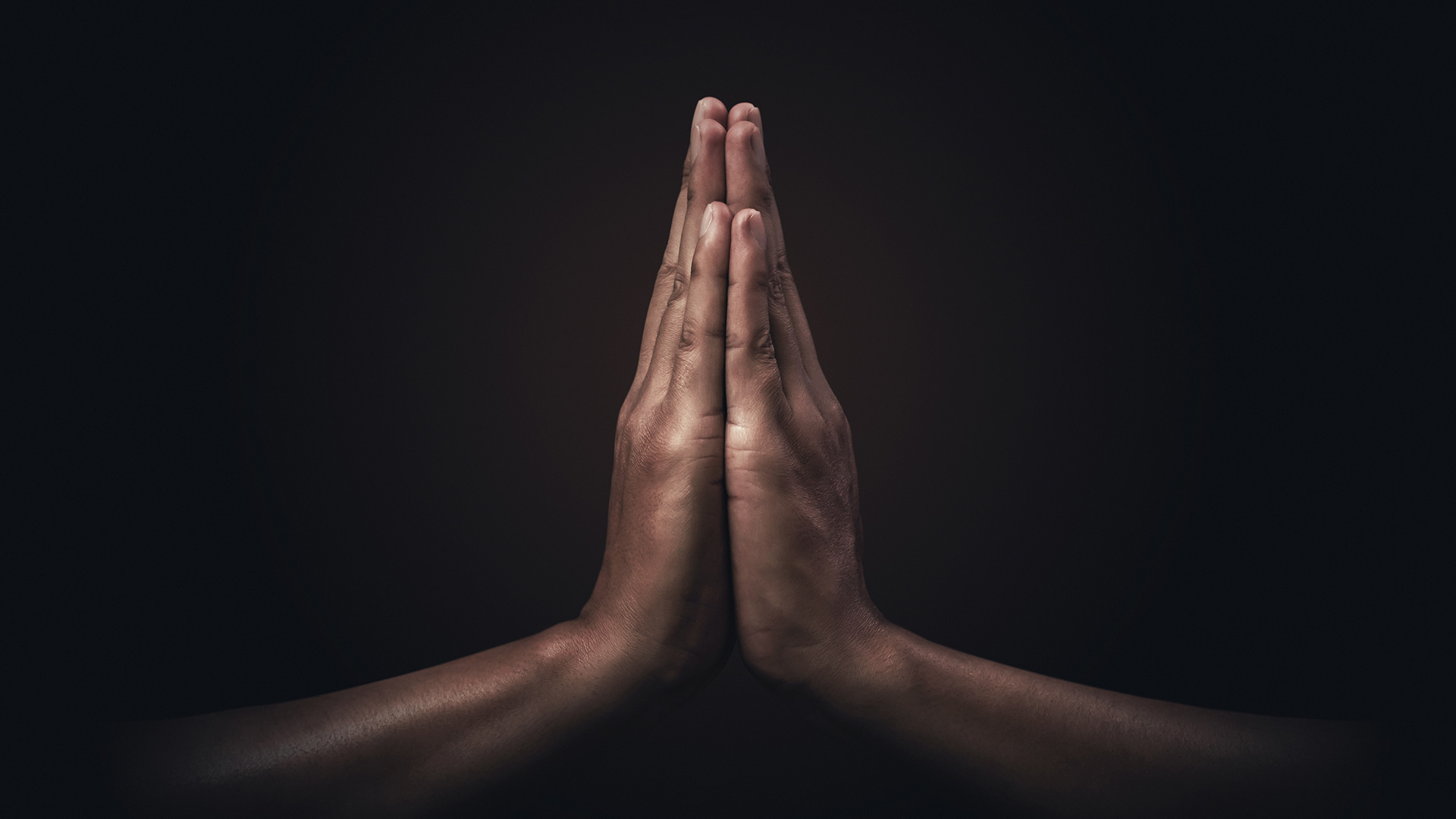The teacher sits cross-legged at the front of the class, takes a deep breath and, pressing hands together in a prayer position, leans into a deep bow and reverently intones the word “Namaste”. Dutiful yoga students respond in kind, whispering namaste in unison. It’s so common that yoga doesn’t feel like yoga without this ritual.
Do we understand its meaning? How are we saying it? Are we using it properly?
People in the yoga community might tell you something like, “The Divine in me honours the Divine in you”.
Nama means bow; as means I; and te means you. Therefore, namaste literally means “bow me you”, or “I bow to you.”
The “Divine in you” interpretation comes from the Hindu belief that a God resides in everyone. The gesture is an acknowledgement of the soul in one by the soul in another.
We tend to put emphasis on the “a” sound and on the last syllable: nah-mah-stay, but the term is more correctly pronounced nuh-muh-stheh. When you see those two a’s, try to pronounce them with a short “u” sound.
The “st” in namaste is a little softer. Rather than a hard “t” sound, it is a “th”. The tongue touches behind the front teeth to create a clipping lisp.
The gesture associated to namaste is called Anjali Mudra – pronounced uhn-jah-lee moo-dra. Anjali Mudra evolved from the Sanskrit word “anj”, which means honour or celebrate. “Mudra” means gesture. Mudras are sacred hand movements that are used in yoga and meditation to deepen the practice. To perform Anjali Mudra – a physical expression of namaste – press the hands together, fingers touching and pointing up, with the thumbs at the breastbone. Close your eyes and bow your head or bend at the waist. Alternately, it can also be done by placing the hands together in front of the forehead (third eye), bowing the head, and then bringing the hands down to the heart.
When these are used in yoga settings, it may be done both at the beginning and at the end of class. The first will be a greeting of respect, while the latter is a symbol of gratitude and respect between teacher and student. This allows the two individuals to come together energetically.




